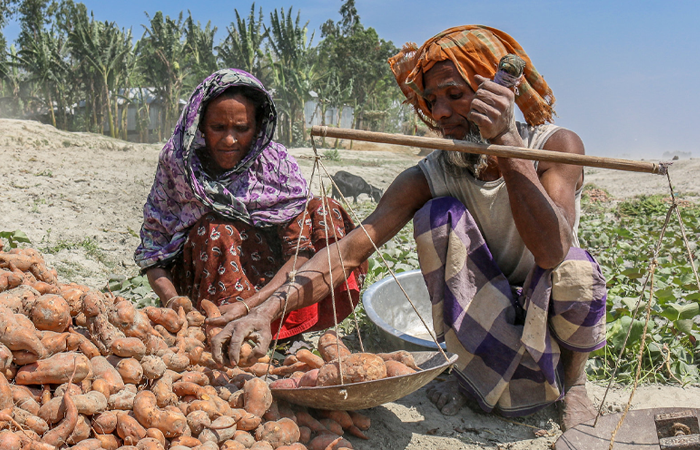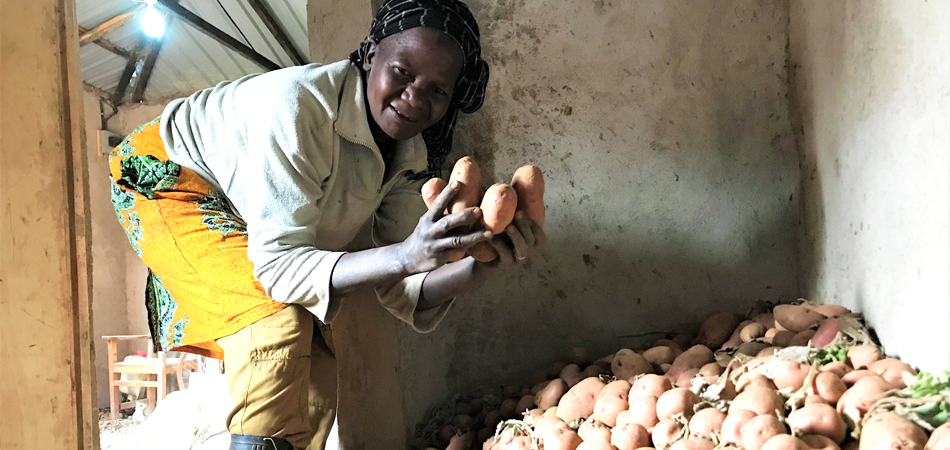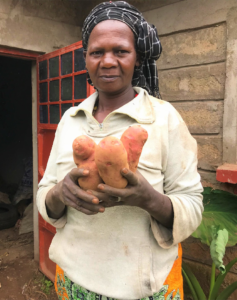
Potatoes and sweetpotatoes have played important roles in nourishing burgeoning populations in Africa and Asia, and their attributes ensure their contribution to food and nutrition security as climate change challenges farmers’ ability to feed their families and compatriots.
Both potatoes and sweetpotatoes produce more calories per hectare than rice or wheat, and with less water. Early maturing varieties that are ready to harvest when grains are still green produce precious food in, what rural Africans call, the hunger months and enable Asian farmers to sustainably intensify food production in grain-based systems by adding an extra crop in what are otherwise fallow months. But their greatest attribute in the long run may well be resilience
Plant breeders have traditionally aimed for high yields and disease resistance, but nutritional value and climate resilience have also become priorities in the past decade. The sweetpotato has great potential for heat tolerance, as a mass screening of the crop’s biodiversity in northern Peru demonstrated. Scientists assessed the performance of 1,973 sweetpotato accessions from the International Potato Center (CIP) genebank in the coastal desert during the southern summer, when mid-day temperatures can top 40 °C. They identified 132 that produced good harvests and could thus be used to breed heat-tolerant varieties for tropical countries.
CIP has partnered with breeding programs across the globe in tapping potato and sweetpotato biodiversity for the development of robust, productive and nutritious varieties, improving the livelihoods of about 10 million farming families to date. This has resulted in almost two dozen drought- and heat-tolerant sweetpotato varieties being released in Mozambique since 2010, several of which have been shared with other African countries.
Though the potato is mainly a cool-climate crop, breeders have managed to develop heat- and drought-tolerant varieties that are also disease resistant and early maturing, which means they produce food even when the rainy season ends early. Their development has been laborious and slow, which is a problem given the recent pace of climate change. The good news is that technologies such as gene editing can accelerate breeding more climate-smart varieties with characteristics that men and women consumers want, or the nutritional content young mothers and children need. In the meantime, a growing cadre of climate-smart varieties are already helping small-scale farmers across the tropics – where 40 percent of the global population lives – rise to the challenges of climate change:
Several heat- and salt-tolerant potato and sweetpotato varieties have been introduced in the southern delta districts of Bangladesh, where cyclones have flooded coastal zones, leaving saline soil that reduced productivity on 40% of arable land. A kilo of sweetpotato costs half as much as a kilo of rice in Bangladesh, making it a vital food for vulnerable families, including about 42,000 Rohingya refugees.
The drought-tolerant Unica potato variety, originally released in Peru, is now grown on three continents. It has enabled potato farming in areas where the crop was never grown before, such as the lowlands of Kenya’s Taita-Taveta County, where it produced good yields on just 120 mm of rain, compared to the 450-600 mm most potatoes need.
Heat-tolerant potato variety Kufri Lima allows farmers in Central India to plant that winter crop a month earlier than normal, which means they harvest when potatoes are scarce and prices are high and could open the door to potato farming in new areas.
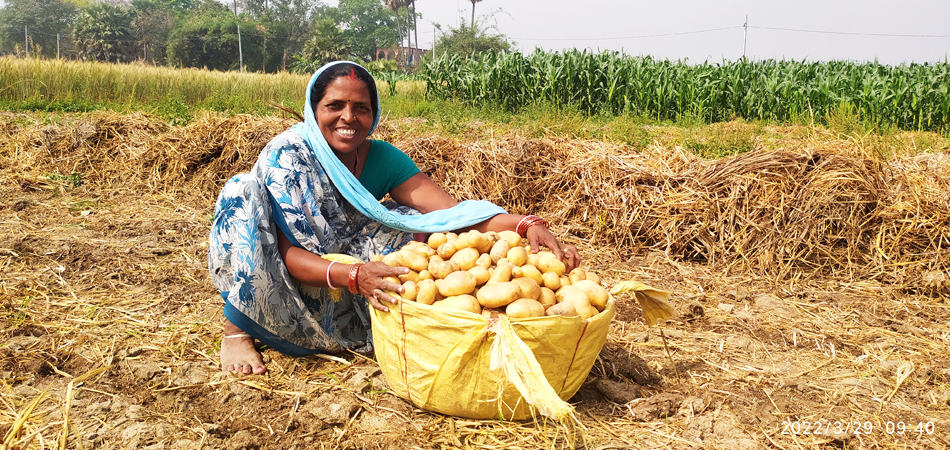
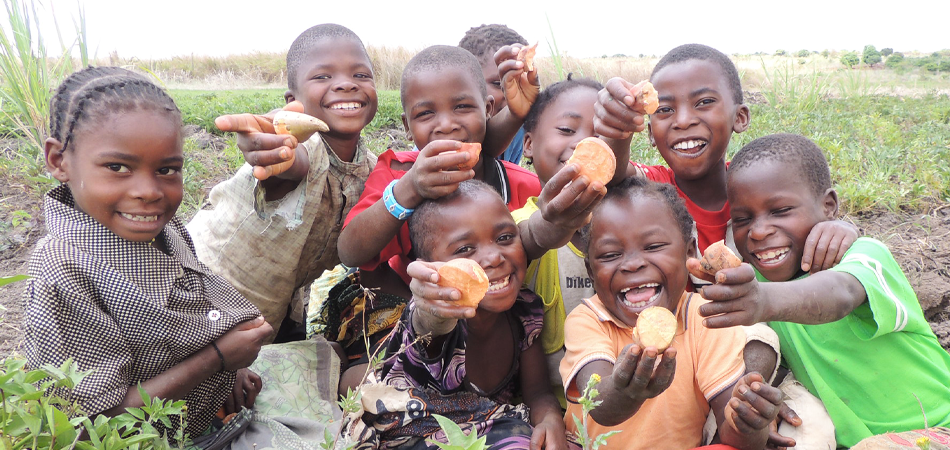
Drought-tolerant Irene, a nutritious sweet potato variety widely grown in Mozambique, has been shared with five other African countries in recent years. It has helped families in drought-prone northern Kenya diversify their diets and incomes and will be distributed in rural communities of southern Madagascar to help them recover from two years of severe drought.
Blog by David Dudenhoefer

